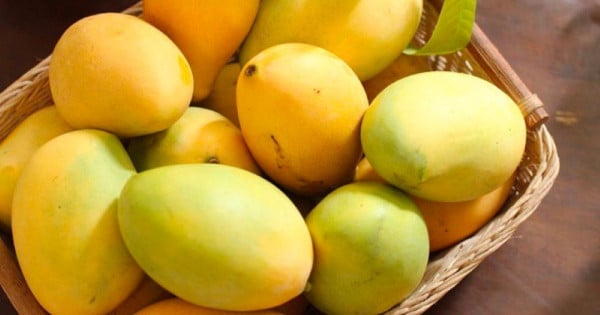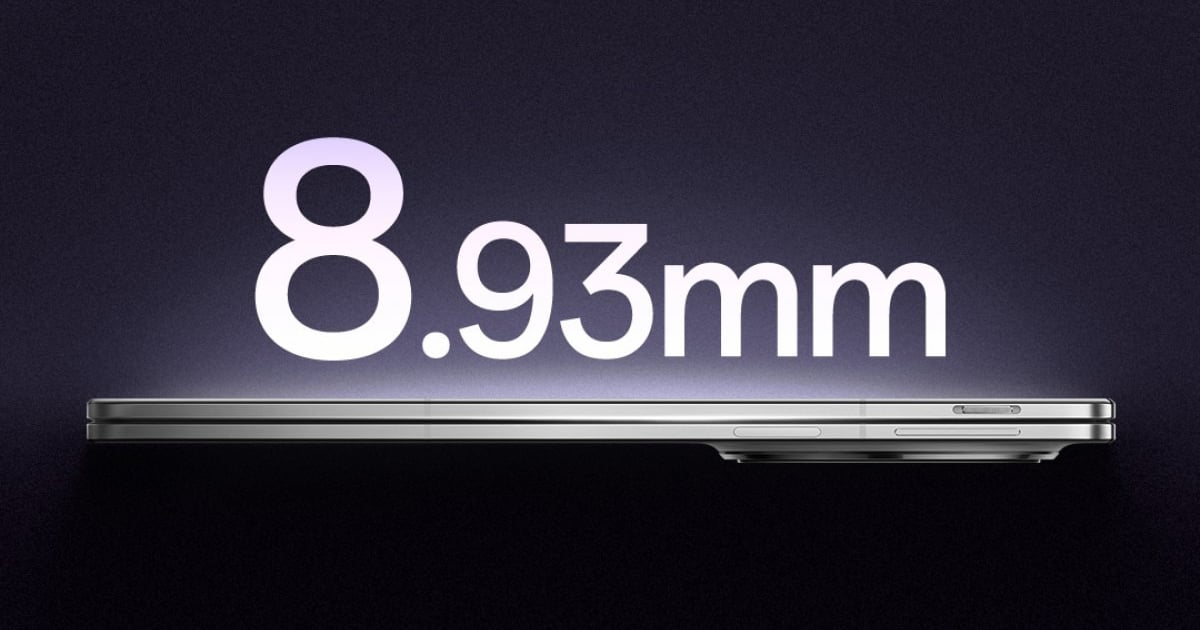
Color observation
The color of naturally ripened mangoes is often uneven. On the same mango, you can see a mixture of green, yellow and sometimes a little red. This color variation is the result of the gradual ripening process under the influence of sunlight and temperature.
Meanwhile, the color of chemically ripened mangoes is often very uniform and eye-catching, often bright yellow throughout the fruit. Chemicals ripen quickly and evenly without the need for natural exposure to light.
Naturally ripe mango skin is usually plump, with a few small bruises or slight cracks. The surface of the mango skin is not too shiny but slightly rough.
Chemically ripened mangoes are often smoother due to the chemicals that soften and brighten the surface. The surface of the fruit is also less prone to cracking or bruising than naturally ripened mangoes.
Check the stem
The mango stem is also an important sign to assess the freshness of the fruit, helping to identify whether the mango is chemically ripened or naturally ripened.
Naturally ripened mangoes usually have fresh, firm green stems. The stems are raised, swollen and bright green. When you smell them, you can feel the characteristic aroma of mangoes.
On the contrary, chemically ripened mangoes often have stems that are not raised or swollen. The scent from the stem is weak or absent because the mango is not fully ripe from the inside. A stem that smells chemically or has no scent is a sign to avoid.
Odor checker
Naturally ripened mangoes have a sweet, mild aroma that is characteristic of this fruit. This aroma emanates from the skin and the riper the mango, the stronger the aroma.
Chemically ripened mangoes often lack natural aroma or have a very mild aroma, not as sweet and rich as naturally ripened mangoes. Sometimes, if you smell closely, you can detect a strange chemical smell.
Test with water
When artificially ripened, mangoes will float on the surface of the water. So, put the mango in a bucket of water after buying it to check if the mango is organic or not.
Taste Test
You can taste it to check the freshness, identify whether the mango is chemically ripened or naturally ripened. Naturally ripened mango has a sweet, rich taste and blends with the natural aroma. This flavor is difficult to confuse with any other fruit.
Meanwhile, chemically ripened mangoes often have a bland taste, are not rich and lack the harmony of natural flavors. Sometimes you can taste bitterness or strange flavors due to the remaining chemicals.
Try the match
While this test is recommended to be done with utmost safety in mind, you can light a match and hold it close to a mango. If the fruit catches fire or sparkles, then understand that it is being ripened with the chemical calcium carbide.
How to remove chemicals in mango?
The simplest and most effective method is to rinse thoroughly under running water and soak the fruit in a vinegar water solution for about 15 minutes.
Another way is, you can use baking soda and water to soak the mango for at least 15 minutes and then rinse to remove chemical residue.
Source: https://kinhtedothi.vn/bat-mi-cach-nhan-biet-xoai-chin-bang-hoa-chat-hay-tu-nhien.html










































Comment (0)